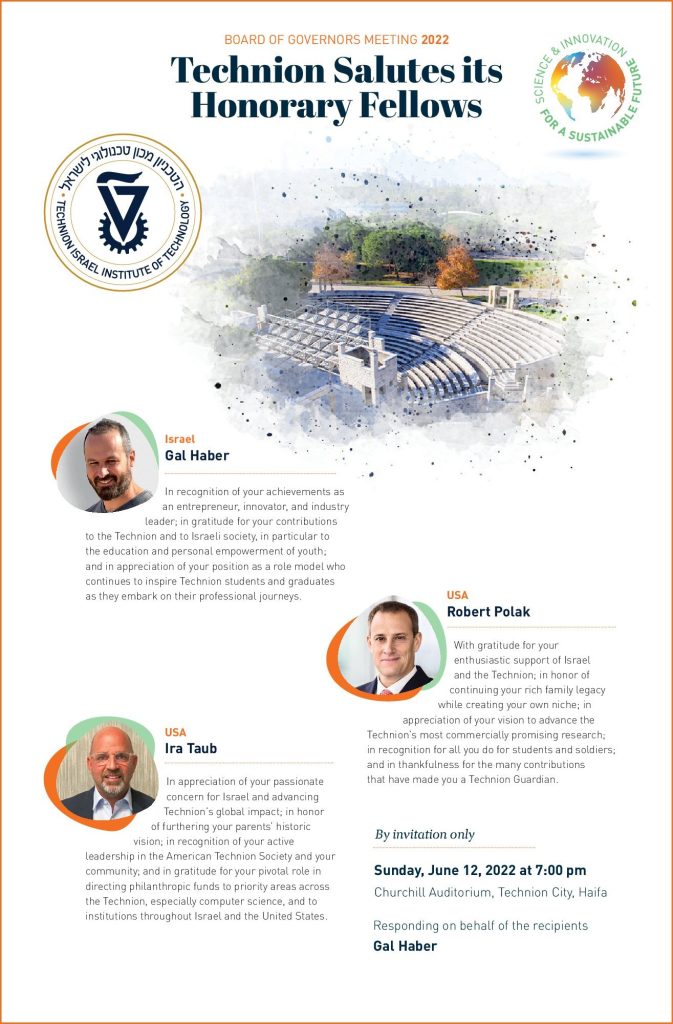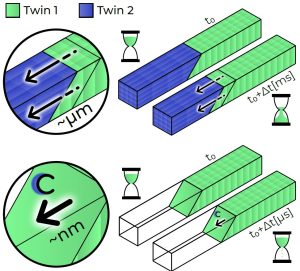Author: shlomi ben-oz
Listening to Materials
A collaboration between researchers from the Technion – Israel Institute of Technology and the University of Debrecen, Hungary has led to the development of a novel experimental method that makes it possible to track the motion of a twin boundary at nanometer size scales and microsecond time scales. The paper, published in Advanced Functional Materials, was led by Professor Doron Shilo and the Ph.D. candidate Emil Bronstein of the Faculty of Mechanical Engineering, and Professor Ronen Talmon of the Andrew and Erna Viterbi Faculty of Electrical & Computer Engineering.
Twin boundary motion governs a highly prevalent deformation mechanism called “twinning.” This mechanism is found in a variety of materials (e.g., magnesium, titanium) and material classes (e.g., shape memory alloys, minerals, ferroelectrics). Because of this, understanding the behavior of twin boundaries has a crucial scientific significance and a direct influence on the comprehension of electro/magneto/thermo-mechanical responses of the aforementioned materials, and many more.
It has long been thought that when a material is rapidly loaded (e.g., by a strong, rapid electric impulse), a twin boundary propagates continuously at a velocity determined by the external loading. Contrarily, when a material is slowly loaded (e.g., by slow compression), twin boundary motion is discrete (discontinuous), and is characterized by short durations at which the twin boundary rapidly propagates separated by long durations at which the twin boundary is static. Despite being the same process, the link between the different behaviors (i.e., the responses to slow and rapid loading) has not previously been considered.
The researchers, however, developed a novel experimental method that enables direct tracking of the twin boundary motion by measuring the magnetic dipole changes of the material. The developed method can track the twin boundary during events that last a few microseconds (a millionth of a second) and have a characteristic size of nanometers. As a result, they provide direct measurements of the motion at unprecedented length and time scales. Analysis of the experimental results indicated, for the first time, that twin boundary motion under both slow and rapid loading can be explained by the same theory. The findings of this research have fundamental scientific importance, as well as a potential to improve actuators (motors) that rely on this process and are used in automobiles, aircraft, spacecraft, and biomedical applications.
Now, the researchers work on the development of data-driven, machine learning methods for the analysis of measured signals that will allow similar studies in a variety of materials and phenomena at short analysis times.
TECHNION AND COVID-19
The Technion – Israel Institute of Technology is undertaking the necessary preparations and safety measures in face of the coronavirus. This site provides ongoing updates, instructions, tools and additional valuable information concerning the issue:
Winning Warmth in AI Systems
Users Prefer the Warmth of an AI System Over Its Competence
A Study by three Technion researchers reveals that AI systems’ competence isn’t enough: for users to choose a system, it needs to have warmth.
Spotify or Apple Music? Waze or Google Maps? Alexa or Siri? Consumers choose between artificial intelligence (AI)-based systems every day. How exactly do they choose which systems to use? Considering the amount of money and efforts spent on AI performance enhancement, one might expect competence and capability to drive users’ choices. Instead, a recent study conducted by researchers from the Faculty of Industrial Engineering and Management at the Technion – Israel Institute of Technology shows that the “warmth” of a system plays a pivotal role in predicting consumers’ choice between AI systems.
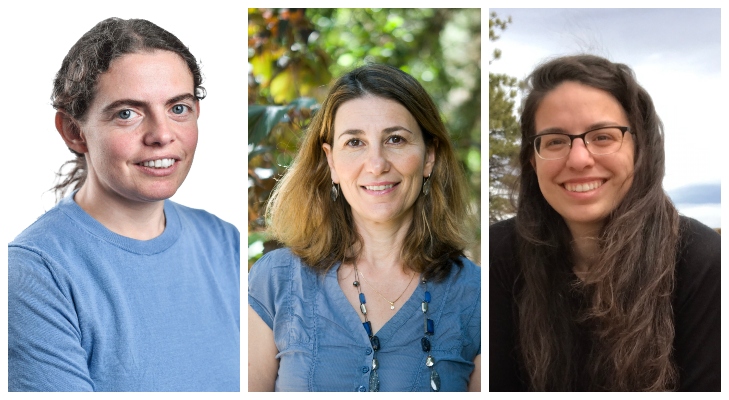
Research findings from a study featuring more than 1,600 participants, recently published in the Proceedings of the 2021 CHI Conference on Human Factors in Computing Systems, offer some insight into the psychology of potential users. The researchers, Zohar Gilad, Prof. Ofra Amir, and Prof. Liat Levontin from the Faculty of Industrial Engineering and Management at the Technion, examined the effects of users’ perception of AI systems’ warmth, that is, the systems’ perceived intent (good or ill), and AI systems’ competence, that is, the systems’ perceived ability to act on those intentions, on the choices they made.
Most of the research done to date regarding warmth perceptions of AI-based systems addressed systems with a virtual or physical presence, such as virtual agents and robots. The current study, though, focused on “faceless” AI systems, with little or no social presence, such as recommender systems, search engines, and navigation apps. For these types of AI systems, the researchers defined warmth as the primary beneficiary of the system. For example, a navigation system can prioritize collecting data about new routes (benefitting the system) over presenting the best-known route, or vice versa.

Image source: Wikimedia Commons
The researchers found that the system’s warmth was important to potential users, even more than its competence, and they favored a highly warm system over a highly competent system. This preference for warmth persisted even when the highly warm system was overtly deficient in its competence. For example, when asked to choose between two AI systems that recommend car insurance plans, most participants favored a system with low-competence (“using an algorithm trained on data from 1,000 car insurance plans”) and high-warmth (“developed to help people like them”), over a system with high-competence (“using a state-of-the-art artificial neural network algorithm trained on data from 1,000,000 car insurance plans”) and low-warmth (“developed to help insurance agents make better offers”). That is, consumers were willing to sacrifice competence for higher warmth.
These findings are similar to what is known of human interactions: warmth considerations are often more important than competence considerations when judging fellow humans. In other words, people use similar basic social rules to evaluate AI systems and people, even when assessing AI systems without overt human characteristics. Based on their findings, the researchers concluded that AI system designers consider and communicate the system’s warmth to its potential users.

Sticker Patch to Diagnose Tuberculosis
Technion scientists have developed a tuberculosis-diagnosing sticker patch. Delayed diagnosis is a significant challenge to treating the deadly disease, which is still prevalent in developing countries
Technion scientists have demonstrated a novel means of diagnosing tuberculosis by means of a sticker patch that catches compounds released by the skin. Using an artificial intelligence (AI) analysis of these compounds, the scientists were able to provide a quick, non-invasive diagnosis. The research was published in Advanced Science.
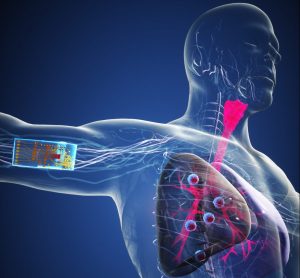
In future implementations, the group plans to integrate the sensors into the patch and use a smartphone to read its results.
Tuberculosis, colloquially known as “consumption,” is prevalent in the developing world, where there is 95 percent of cases. In 2019, an estimated 10 million people fell ill with tuberculosis, and 1.4 million died of the disease. About one-third of the world population is estimated to be infected by tuberculosis bacteria. Since 1993, the World Health Organisation (WHO) has defined tuberculosis as a “global health emergency.” Effective treatment for tuberculosis is available, but diagnosis remains a roadblock, with around 3 million cases missed annually.
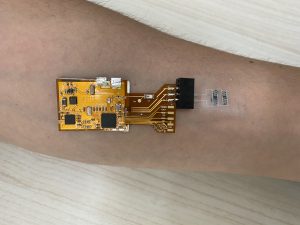
Early symptoms of tuberculosis are non-specific, complicating diagnosis. What makes matters worse is that currently existing diagnosis methods are slow, and at times too expensive or complex for resource-limited settings. For example, a sputum smear ($2.60 to $10.50 per examination) is too expensive in a location where people live on $1/day, while a mycobacterial culture test takes 4–8 weeks and at least three visits by the patient to finalize the diagnosis and begin treatment.
Every year, 10 million people fall ill with tuberculosis (TB). Despite being a preventable and curable disease, 1.5 million people die from TB each year – making it the world’s top infectious killer. (WHO)
The World Health Organization (WHO) regards a fast, cheap, and efficient tuberculosis test as crucial to fighting the disease. And it is this need that the team of Professor Hossam Haick from the Wolfson Department of Chemical Engineering at the Technion address in their ground-breaking study. Led by Dr. Rotem Vishinkin, the group created a sticker patch to be applied on the patient’s arm. Containing a pouch of absorbing material, the patch collected compounds released through the skin. These provided the sought-after diagnostic tool.
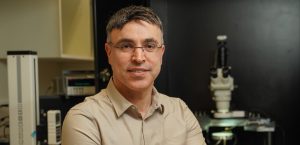
A device based on this proof-of-concept study, called A-patch, is already undergoing clinical trials. Dr. Vishinkin, the project’s scientific leader, explained, “our initial studies, done on a large number of subjects in India and in South Africa showed high effectiveness in diagnosing tuberculosis, with over 90% sensitivity and over 70% specificity. We showed that tuberculosis can be diagnosed through the compounds released by the skin. Our current challenge is minimizing the size of the sensor array and fitting it into the sticker patch.”
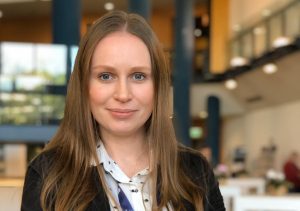
The platform the group is developing is cheap, fast, and simple in its utilization, and requires no specially trained personnel. The group hopes the same methodology and the same platform could in the future be used to diagnose other diseases and conditions, making effective diagnosis accessible to remote areas in the world.
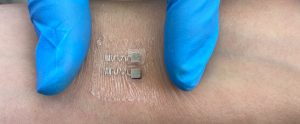
The clinical studies were conducted in the University of Cape Town and Groote Schuur Hospital, South Africa, the All-India Institute of Medical Sciences, India, and the University of Latvia and Riga East University Hospital, Latvia. The study was supported by the Bill & Melinda Gates Foundation and generously assisted by Professor Gilla Kaplan. The continuation of the development under A-Patch project is supported by Horizon 2020. Dr. Vishinkin thanks the Ariane de Rothchild Fellowship for their support during her Ph.D. studies.
Click here for the paper in Advanced Science
Alliance for a Sustainable Future
Doral Energy-Tech Ventures (Doral-Tech), Doral Energy Group’s innovation and investment arm, will invest in Technion projects in the fields of renewable energy, energy storage, and climate studies. Technion researchers will enjoy access to the Doral Group’s sites in Israel and around the world for the purpose of developing and promoting the technologies.
The Technion – Israel Institute of Technology and Doral-Tech have signed a memorandum of understanding (MOU) for strategic cooperation. Under the MOU, both parties will promote research, development, and commercialization on a range of issues, and work towards identifying and realizing joint business opportunities – in response to global challenges in the fields of energy, climate, and the environment.

Doral Energy-Tech Ventures (Doral-Tech), the innovation and investment arm of Doral Energy Group, will invest in various technological projects, including renewable energy, energy storage, agro-solar (integration of agriculture and solar energy), hydrogen production, carbon capture, waste treatment, water, and environmental infrastructure, as well as supporting the Nancy and Stephen Grand Technion Energy Program (GTEP).
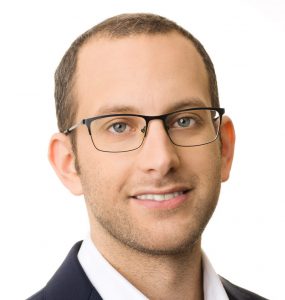
As part of the collaboration, Doral-Tech will promote the Technion DRIVE Accelerator – the Technion’s accelerator program, while building a mechanism for joint investments and partnering with startups to join the track. In addition, the company will fund advanced applied research and receive initial exposure to investing in renewable energy technologies from the Technion Technology Transfer Unit (T3).
The researchers will have access to Doral’s testing facilities in order to advance selected projects and exposure to markets in Israel and abroad. As part of the agreement, Doral will award scholarships to Technion graduate students.
Roee Furman, CEO of Doral Energy-Tech Ventures: “We are excited and proud of this strategic cooperation with the Technion. This is of commercial and national importance in the development and promotion of the local ecosystem of startups and innovation in the fields of renewable energy, climate, and environmental infrastructure. The Technion has world-renowned researchers, as well as some of the most
advanced laboratory infrastructure in the world. Doral will strengthen academic-industrial ties and provide a platform for researchers to move from laboratory research to Doral’s testing sites and applications in diverse projects in Israel and around the world. This engagement with the Technion will provide Doral with additional and unique opportunities for entrepreneurship, locating and investing in breakthrough technologies, and strengthening its position as a pioneer and leader in its field.”
Technion Vice President for Research Professor Koby Rubinstein: “The Technion works in many ways to strengthen research ties with the industry, and with the energy sector in particular. We welcome the collaboration with Doral, which will lead to many important research and application achievements.”
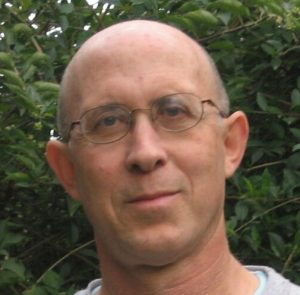
Technion Executive Vice President and Director General Professor Boaz Golany: “The agreement with Doral is, in our view, the first step in establishing a broader network of cooperation with energy companies and government bodies engaged in the field. The Technion has established, in large part thanks to generous donors such as the Grand Family, a unique research infrastructure for various energy projects, and now it strives to reach its full potential through collaborations with key players in this sector.
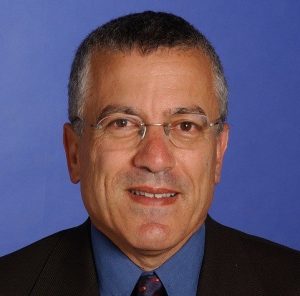
Schmidt Science Fellowship
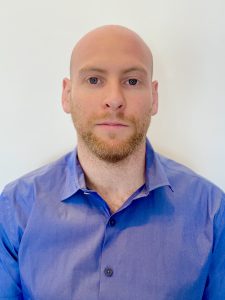
Dr. Ofer Neufeld, who completed three consecutive degrees at the Technion and recently completed his doctoral research in the Faculty of Physics, has been informed that he is the recipient of a Schmidt Science Fellowship. The Schmidt Science Fellows program, which was founded by Wendy and former Google CEO Eric Schmidt to cultivate the next generation of science leaders, will fund Dr. Neufeld in his postdoctoral research following his dissertation at the Technion, a thesis that has already won him an Adams Academy Fellowship, a Jacobs Award and the Israel Physical Society Prize for Outstanding theoretical Ph.D. Students.
Dr. Neufeld grew up in Haifa and started out at the Technion studying for a dual B.Sc. in Physics and Materials Science and Engineering. It was already then, while studying organic photovoltaic cells for renewable energy, that he became interested in research and theory.
After completing his dual degree B.Sc. studies, Dr. Neufeld began studying for his M.Sc. in the Grand Technion Energy Program. Under the supervision of Prof. Maytal Caspary Toroker, he researched theoretical methods for improving photoelectrochemical cells for the production of hydrogen fuel from solar energy. On completing his master’s degree summa cum laude, he proceeded to the doctoral program in the Technion Faculty of Physics. Under the supervision of Prof. Oren Cohen, he researched fundamental processes involved in light-matter interactions, specifically, interactions of strong laser fields with atoms and molecules.
Dr. Neufeld is currently pursuing his postdoctoral research at the Max Planck Institute for the Structure and Dynamics of Matter in Hamburg, Germany, under the supervision of Prof. Angel Rubio. The $100,000 Schmidt Science Fellows stipend will be used to support his postdoctoral research.
Dr. Neufeld is the second student from the Technion, and from all of Israel, to be awarded a Schmidt Science Fellowship, after Grisha Spektor of the Viterbi Faculty of Electrical and Computer Engineering in 2019.
Gazing Together Into Space
Technion – Israel Institute of Technology and Israel Aerospace Industries to Collaborate on Student Project to Develop Nano Satellites
The Faculty of Aerospace Engineering at the Technion has signed a cooperation agreement with the Space Division at Israel Aerospace Industries to develop and launch a nano-satellite that will enter low-altitude orbit around the moon and collect data using a payload of scientific instruments. The student-performed project will start at the beginning of the next academic year, in October 2021. It is expected to continue until it reaches completion in a few years.
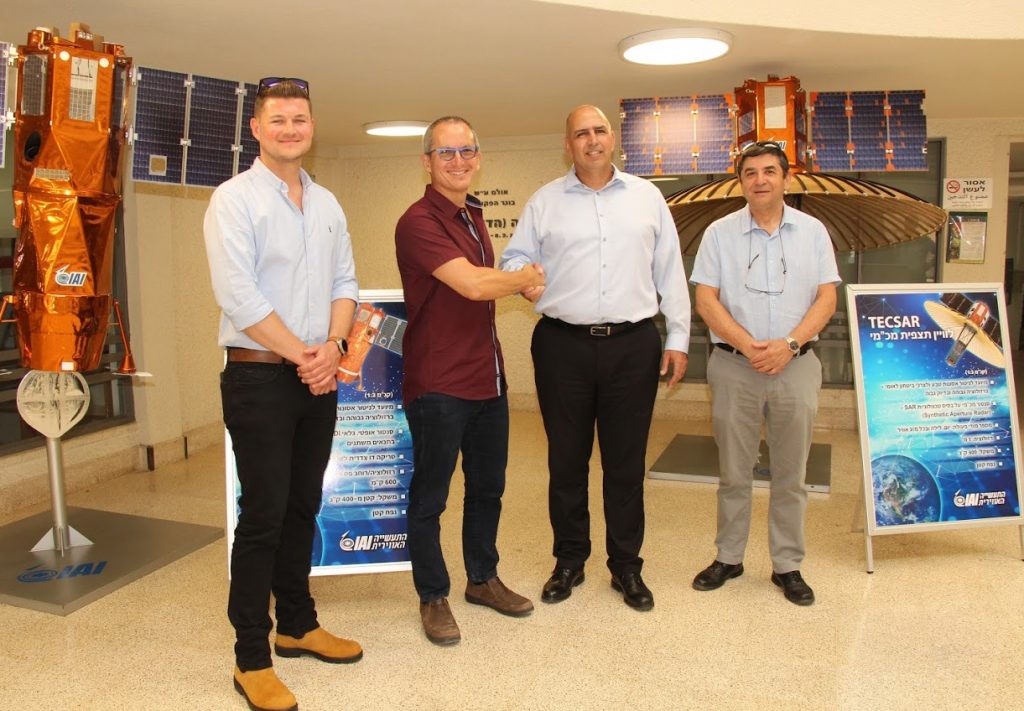
Credit: Mark Goldman, Technion communications office.
IAI’s Space Division will assist the project in several ways, including, providing space engineers to help define, characterize, and closely mentor the students’ mission. Participating students will also be provided with tours of IAI’s space laboratories and facilities where satellites undergo experiments in an environment simulating outer space. At the end of the process, the students will be partners in launching the nano-satellite.
The joint project is the culmination of a faculty-wide process striving to balance two fields: aeronautics and outer space. According to Faculty Dean Professor Tal Shima, “while in the past only about 10% of the faculty syllabus was dedicated to space, over the past few years there has been an effort to change this and reach a more equal balance between the two fields. To achieve this, we updated the faculty curriculum and we are currently in the midst of the process of hiring new staff members with expertise in outer space. Cooperation with IAI’s space facility will allow us to expose students to additional joint projects with IAI focused on outer space. This is a fascinating field where activity in Israel and the world is stepping up and I hope to see as many students as possible focusing on it.”
“The project will allow students to become partners in a project with the industry and help them reach the end of their studies prepared to be integrated into Israel’s developing space industry,” said Professor Gil Yudilevitch, who initiated and leads the cooperation on the faculty. On IAI’s side, the project will be headed by the faculty alumnus Niko Adamsky, who today serves as a space engineer in IAI’s Space Division.
Shlomi Sudri, VP and GM of IAI’s Space Division said during the signing ceremony, “IAI is leading a process to strengthen cooperation with the Technion through a project for students in the field of nano-satellites. This will open a whole new world for them, a world that includes innovative system design. They will be able to gain experience in engineering a unique system in the field of space exploration. The dimension of space necessitates engineering and system capabilities with specialized knowledge. For the students, this is an opportunity to integrate into the field of space in Israel, to be exposed to the wide industry working on outer space, and to get a taste of the engineering and infrastructure capabilities that exist in IAI.”
The agreement was signed shortly after a delegation of senior IAI officials, headed by President and CEO of IAI Boaz Levy, who is an alumnus of the Faculty of Aerospace Engineering, visited the Technion and met with Technion President Professor Uri Sivan and the Deputy President of Research, Professor Kobi Rubinstein. IAI’s delegation also included Guy Bar Lev, Interim Director of the Systems, Missiles and Space Division, and VP and GM of IAI’s Space Division, Shlomi Sudri.
Technion President Prof. Uri Sivan: “The connection between industry and academia is important and fruitful for both sides, and connecting with a significant and large entity such as IAI is an important step. The interface between academia and industry is changing fast and the Technion is investing great efforts in being established in Israel and internationally. We are working to promote close research cooperation and to turn the Technion into a hub for many diverse industries, a platform where industry and academia meet. We are quickly working to commercialize technologies that originated on campus. The past year has been a record one in establishing startup companies in the Technion. Another expression of the strengthening ties comes in establishing specialized routes for learning and vocational training for people in the industry who are interested in lifelong learning.”
IAI President and CEO Boaz Levy: “As an alumnus of the Technion, accompanying projects and different mentoring programs over the years, I am excited by the existing and future cooperation between IAI and the Technion. We must strengthen cooperation with the Technion, especially the Faculty of Aerospace Engineering, which is unique to its kind in Israel, and which holds a leadership position among similar faculties worldwide. Increasing our cooperation with the Technion produces added value to both sides and will help us strengthen and integrate, to create groundbreaking, challenging, and leading technology in Israel and abroad. To this end, it is important we formulate together the image of the engineer we envision – an involved engineer with system-wide perspective and deep business understanding and research capabilities.”
Congratulations to the Magister Graduates!
Technion City, June 15th, 2021: 827 graduate students receive their Master’s degrees at a festive ceremony. The ceremony was held live in the open air after a long period of intermittent lockdowns during the COVID-19 Pandemic.
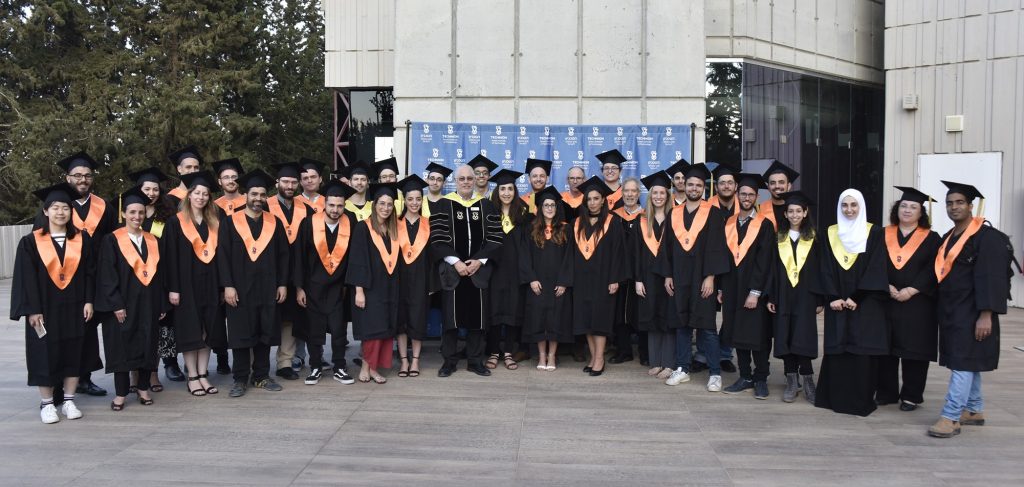
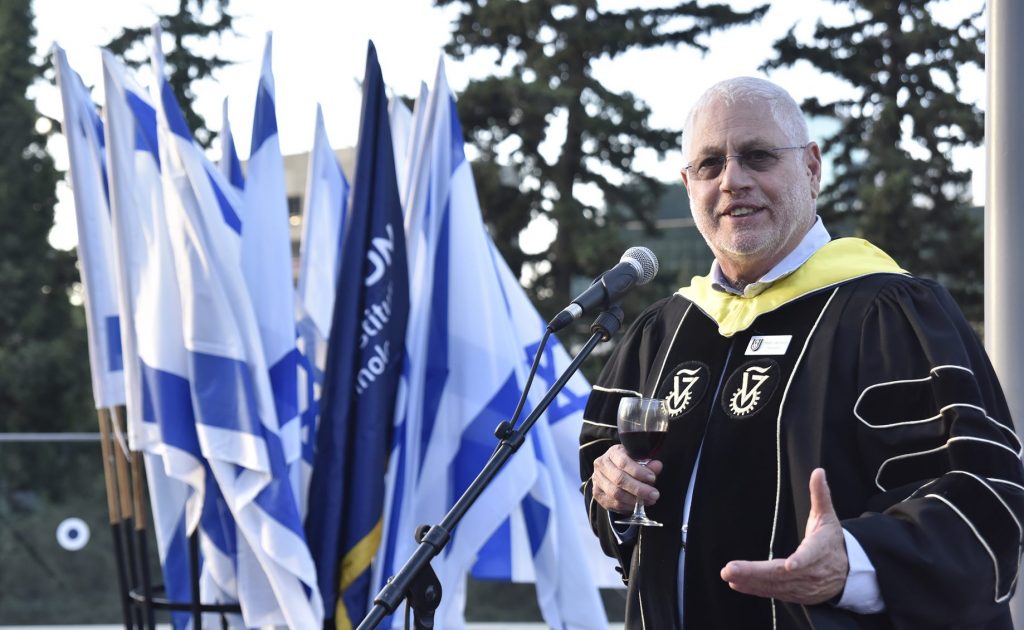
Advanced Optics for Science and Industry
Technion scientists have dramatically improved and simplified the production of precise optical components by immersing them in liquid. The study, led by Ph.D. student Reut Orange-Kedem and Professor Yoav Shechtman from the Technion Faculty of Biomedical Engineering, was published in the journal Nature Communications.
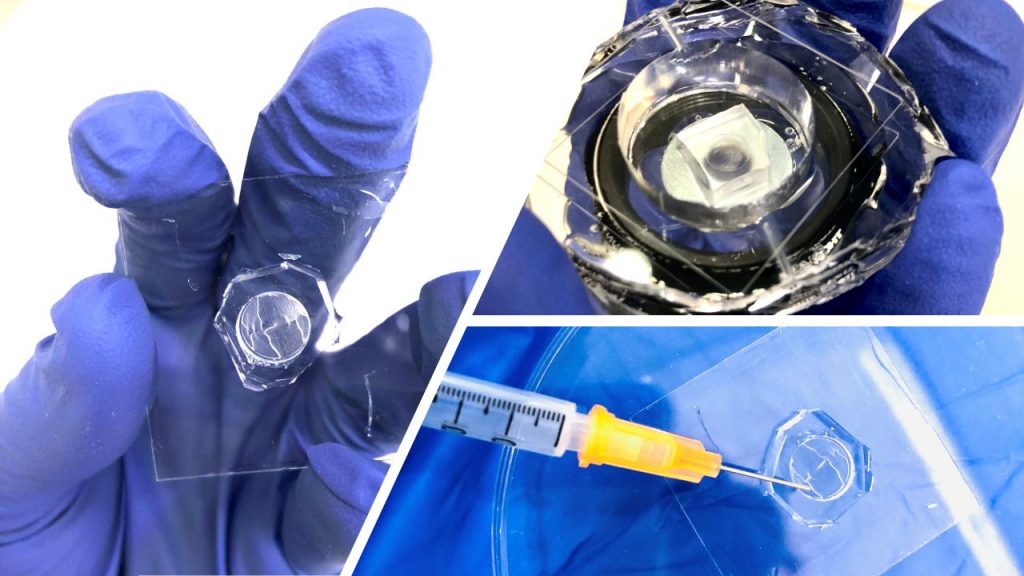
Precise optical components are necessary for many fields, including microscopy, telescopy, medical imaging, fiber optics, lasers, and more. In the field of bioengineering, they are crucial for 3D microscopy. However, their production is extremely challenging. The precision required is on the nanometric scale (one-millionth of a millimeter). The manufacturing process is complex, requires high precision, and can only be done in a cleanroom – factors that make it costly.
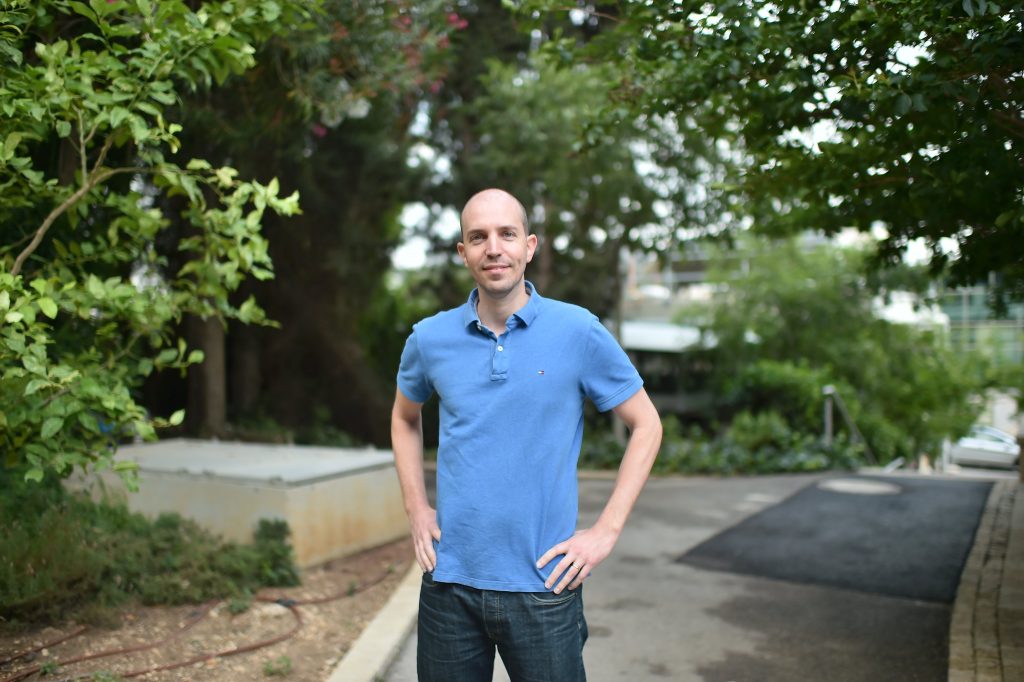
The scientists developed a novel process of manufacturing these elements – a method that significantly simplifies the production, enabling optical components to be made using a regular 3D printer. This method makes optical components fast and cheap to create, and also allows one to increase the complexity of the elements produced. And all this at no cost in precision.
To achieve this, the scientists immersed the optical component in liquid: a mix of water and glycerol (a cheap substance widely used across industries, including as a food additive). Light moves at different speeds through different substances. For example, it slows down when passing through water or glass. This difference in speed is called the material’s refractive index. The refractive index of the liquid the scientists used is very close to that of their optical component.
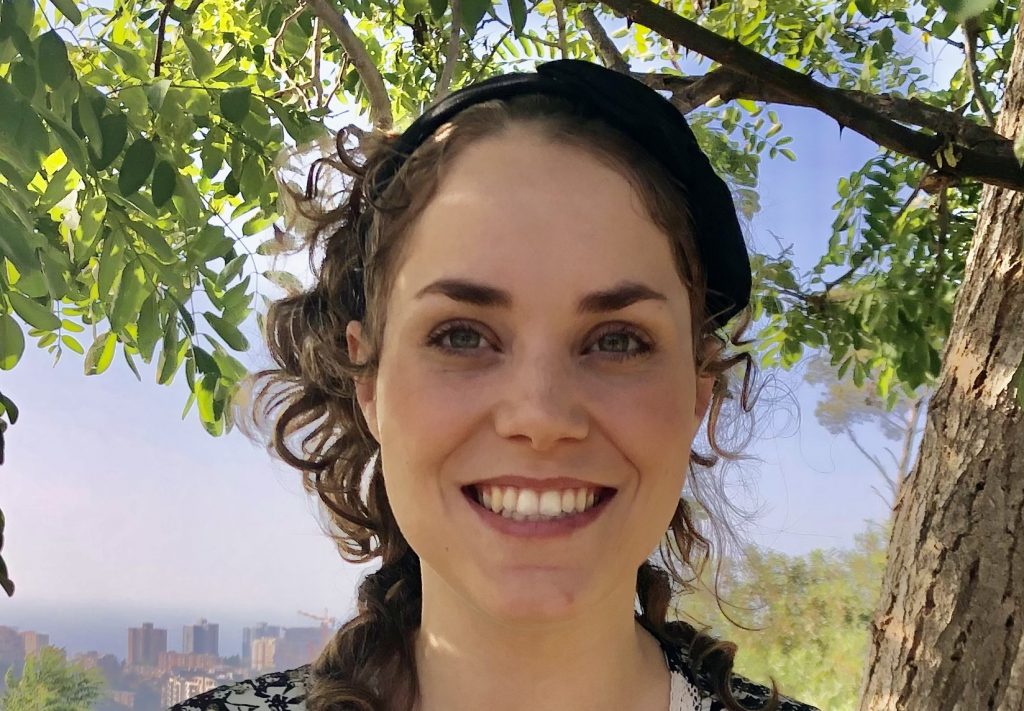
Under those conditions, the optical component needs to be 1,000 times bigger in order to perform its function, which is just what the scientists wanted. Being larger, the component is now much easier to produce, and much less sensitive to manufacturing errors. Instead of a lengthy and complex process requiring a cleanroom, it can now be manufactured using a regular 3D printer. The simplicity of the process also allows for the production of more complex components that were near impossible using traditional methods. And the novel components are also tuneable, unlike their traditional predecessors, through manipulation of the glycerol concentration.
Overall, this is an achievement in optics, which puts a better and cheaper tool into the hands of scientists and industries across multiple fields.
Prof. Yoav Shechtman is a member of the Faculty of Biomedical Engineering, the Russell Berrie Nanotechnology Institute (RBNI), and the Lorry I. Lokey Interdisciplinary Center for Life Sciences & Engineering.
Reut Orange-Kedem is a Ph.D. student under his supervision. This study was supported by the ERC (Horizon 2020) grant, the Zuckerman Foundation, and the Israel Innovation Authority.
Click here for the paper in Nature Communications
A Spatiotemporal Symphony of Light
Haifa, Israel June 11, 2021 – Using an ultrafast transmission electron microscope, researchers from the Technion – Israel Institute of Technology have, for the first time, recorded the propagation of combined sound and light waves in atomically thin materials.
The experiments were performed in the Robert and Ruth Magid Electron Beam Quantum Dynamics Laboratory headed by Professor Ido Kaminer, of the Andrew and Erna Viterbi Faculty of Electrical & Computer Engineering and the Solid State Institute.
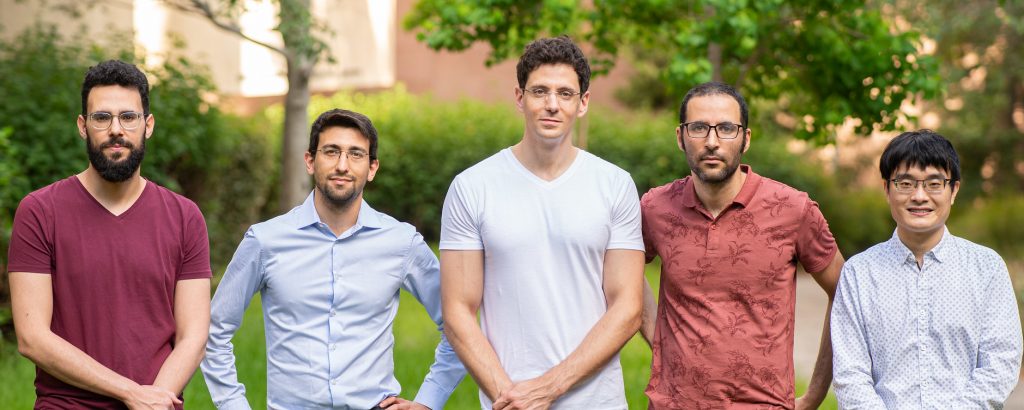
Single-layer materials, alternatively known as 2D materials, are in themselves novel materials, solids consisting of a single layer of atoms. Graphene, the first 2D material discovered, was isolated for the first time in 2004, an achievement that garnered the 2010 Nobel Prize. Now, for the first time, Technion scientists show how pulses of light move inside these materials. Their findings, “Spatiotemporal Imaging of 2D Polariton Wavepacket Dynamics Using Free Electrons,” were published in Science following great interest by many scientists.
Light moves through space at 300,000 km/s. Moving through water or through glass, it slows down by a fraction. But when moving through certain few-layers solids, light slows down almost a thousand-fold. This occurs because the light makes the atoms of these special materials vibrate to create sound waves (also called phonons), and these atomic sound waves create light when they vibrate. Thus, the pulse is actually a tightly bound combination of sound and light, called “phonon-polariton.” Lit up, the material “sings.”
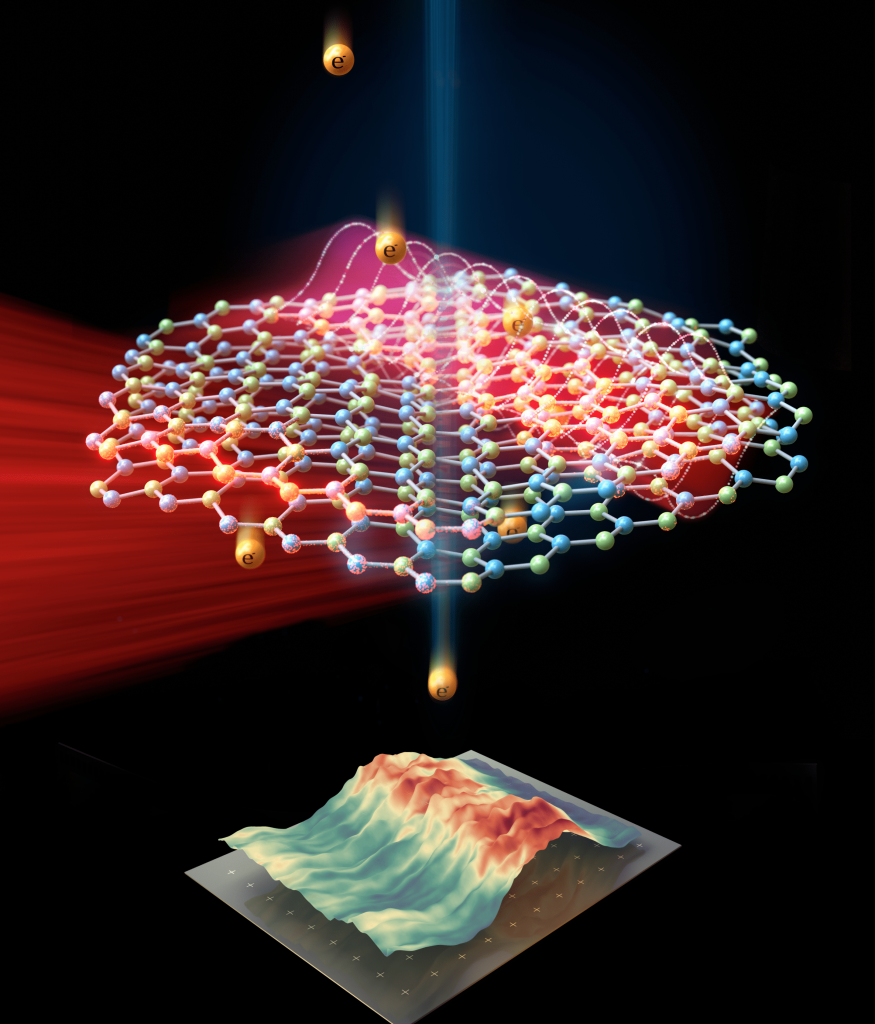
The scientists shone pulses of light along the edge of a 2D material, producing in the material the hybrid sound-light waves. Not only were they able to record these waves, but they also found the pulses can spontaneously speed up and slow down. Surprisingly, the waves even split into two separate pulses, moving at different speeds.
The experiment was conducted using an ultrafast transmission electron microscope (UTEM). Contrary to optical microscopes and scanning electron microscopes, here particles pass through the sample and then are received by a detector. This process allowed the researchers to track the sound-light wave in unprecedented resolution, both in space and in time. The time resolution is 50 femtosecond – 50X10-15 seconds – the number of frames per second is similar to the number of seconds in a million years.
“The hybrid wave moves inside the material, so you cannot observe it using a regular optical microscope,” Kurman explained. “Most measurements of light in 2D materials are based on microscopy techniques that use needle-like objects that scan over the surface point-by-point, but every such needle-contact disturbs the movement of the wave we try to image. In contrast, our new technique can image the motion of light without disturbing it. Our results could not have been achieved using existing methods. So, in addition to our scientific findings, we present a previously unseen measurement technique that will be relevant to many more scientific discoveries.”
This study was born in the height of the COVID-19 epidemic. In the months of lockdown, with the universities closed, Yaniv Kurman, a graduate student in Prof. Kaminer’s lab, sat at home and made the mathematical calculations predicting how light pulses should behave in 2D materials and how they could be measured. Meanwhile, Raphael Dahan, another student in the same lab, realized how to focus infrared pulses into the group’s electron microscope and made the necessary upgrades to accomplish that. Once the lockdown was over, the group was able to prove Kurman’s theory and even reveal additional phenomena that they had not expected.
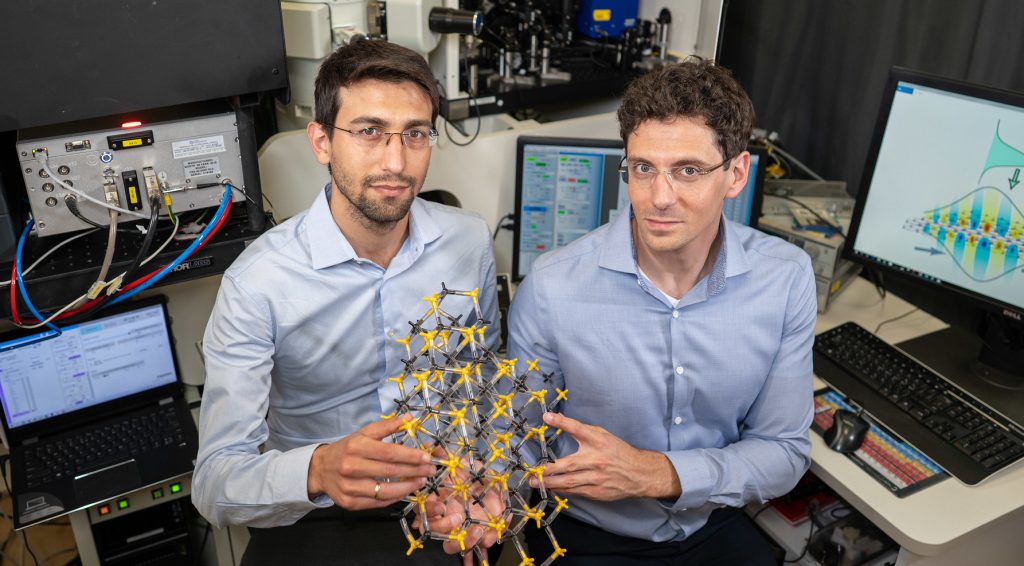
While this is a fundamental science study, the scientists expect it to have multiple research and industry applications. “We can use the system to study different physical phenomena that are not otherwise accessible,” said Prof. Kaminer. “We are planning experiments that will measure vortices of light, experiments in Chaos Theory, and simulations of phenomena that occur near black holes. Moreover, our findings may permit the production of atomically thin fiber-optic “cables”, which could be placed within electrical circuits and transmit data without overheating the system – a task that is currently facing considerable challenges due to circuit minimization.”
The team’s work initiates the research of light pulses inside a novel set of materials, broadens the capabilities of electron microscopes, and promotes the possibility of optical communication through atomically thin layers.
“I was thrilled by these findings,” said Professor Harald Giessen, from the University of Stuttgart, who was not a part of this research. “This presents a real breakthrough in ultrafast nano-optics, and represents state of the art and the leading edge of the scientific frontier. The observation in real space and in real-time is beautiful and has, to my knowledge, not been demonstrated before.”
Another prominent scientist not involved with the study, John Joannopoulos from the Massachusetts Institute of Technology, added that “The key in this accomplishment is in the clever design and development of an experimental system. This work by Ido Kaminer and his group and colleagues is a critical step forward. It is of great interest both scientifically and technologically, and is of critical importance to the field.”
Prof. Kaminer is also affiliated with the Helen Diller Quantum Center and the Russell Berrie Nanotechnology Institute. The study was spearheaded by Ph.D. students Yaniv Kurman and Raphael Dahan. Other members of the research team were Dr. Kangpeng Wang, Michael Yannai, Yuval Adiv, and Ori Reinhardt. The research was based on an international collaboration with the groups of Prof. James Edgar (Kansas State University), Prof. Mathieu Kociak (Université Paris Sud), and Prof. Frank Koppens (ICFO, The Barcelona Institute of Science and Technology).
Uzia Galil – Founding Father of the Innovation Nation
The Technion mourns the passing of Uzia Galil, founding father of Israeli high-tech, Technion alumnus and lifetime friend, supporter, and collaborator of Technion.
“Uzia was a visionary who contributed greatly to the Technion, to industry, and to Israeli society,” said Technion President Prof. Uri Sivan in a Eulogy to him. “He was one of the Technion’s most prominent graduates and a true friend to the Technion.”
The life of Uzia Galil tells the tale of a century, including Israel’s journey from destitution to prosperity and the regenerating power of the innovative spirit embodied by Technion – Israel Institute of Technology. According to Prof. Sivan, Technion graduate Uzia Galil was: “an entrepreneur in every fiber of his being.”
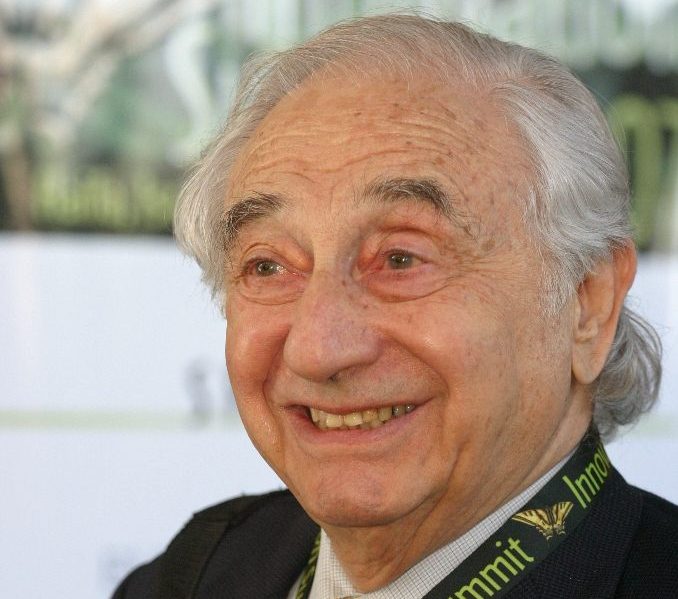
Uzia Galil was born in 1925 in Bucharest. Fleeing the Nazi takeover of Romania, he arrived at age 16 in British-run Palestine. In 1943 he enrolled at the Technion in electrical engineering, and after his studies – he served in the navy. After postgraduate studies at Purdue University in Indiana, he worked for Motorola on the development of colored television, and then returned to Israel and the navy as head of the electronics R&D department. In 1957 he joined the Technion as a lecturer and became director of the electronics department at the Faculty of Physics. As part of his research in the Technion, he developed complex electronic systems for use in physics.
Alongside his work at the Technion, Galil established “Elron” in 1962, which spawned over 25 technological companies, including Elscint and Zoran. “The Elron company, which Uzia founded, was the first successful realization of entrepreneurship in a science-based industry to grow out of a technical institute in Israel,” said Technion President Prof. Uri Sivan. “Galil was ahead of his time in many areas. He laid the foundations for the Israeli Startup Nation, anticipating the essential combination of technology and medicine in service of mankind.”
Galil was a key initiator of the country’s first industrial park, which today is the flourishing MATAM Scientific Industries Center, home to R&D offices of Intel, Yahoo!, Google, Philips, and Microsoft. With 50 years under its belt and scores of spin-offs numbering tens of thousands of employees, Elron has been one of the pillars of the Israeli economy and its high-tech “miracle.” And Technion graduates were key to its success – not just as engineers but as managers and executives. “If you look at our companies – the engineering teams, the software people – the majority are Technion graduates,” said Galil. He later founded the “Galil Centre for medical informatics and telemedicine” adjacent to the Technion’s Ruth and Bruce Rappaport Faculty of Medicine in order to harness technology for the benefit of human health through the integration of different technological systems.
In 1977, the Technion awarded Galil an honorary doctorate. In 1980 he became the first Technion graduate to become Chairman of the Board of Governors, a position which he held until 1990. He continued as a member of the Technion Council until his passing. In 1997 Galil received the Technion Medal and was awarded the Israel Prize for his contribution to the development of the Israeli high-tech industry. “His contribution to the Technion as head of the Board of Governors and member of the Technion Council for many years was immense,” said Technion President Prof. Uri Sivan.
“In my life, I always thought ahead. I said – OK, what we’ve done – we’ve done. The question is, what are we going to do tomorrow?” said Galil in December 2007 in a keynote speech at a conference on next-generation medical products. “And here we have to understand what is expected from us, where we can really excel, where we can maintain our position. The first and foremost in my opinion is to clearly identify where our relative advantages are. It is recognized that one of the strongest characteristics of Israel is the innovative power and the desire for knowledge both in academia and in the industry.”
“On behalf of the Technion, I share the family’s grief and offer our sincere condolences,” said Technion President Prof. Uri Sivan.
May his memory be a blessing.

